People Share 14 ‘Ancient Marvels Of Mankind’ That Continue To Fascinate Them To This Day
Categories: Art | Culture | Design and Architecture | History | People | Society | World
By Vika https://pictolic.com/article/people-share-14-ancient-marvels-of-mankind-that-continue-to-fascinate-them-to-this-day.htmlHistorical artifacts serve as tangible connections to the past, helping us understand and preserve the memory of civilizations. These objects can tell us stories about how people lived, what they valued, and how societies evolved.
The good thing is that you don't need to go to museums to enjoy this anthropological journey.
Thanks to the Facebook group 'Ancient Marvels Of Mankind,' you can do it from your device! Members of this online community are constantly sharing pictures of the best finds from across the globe.
14 PHOTOS
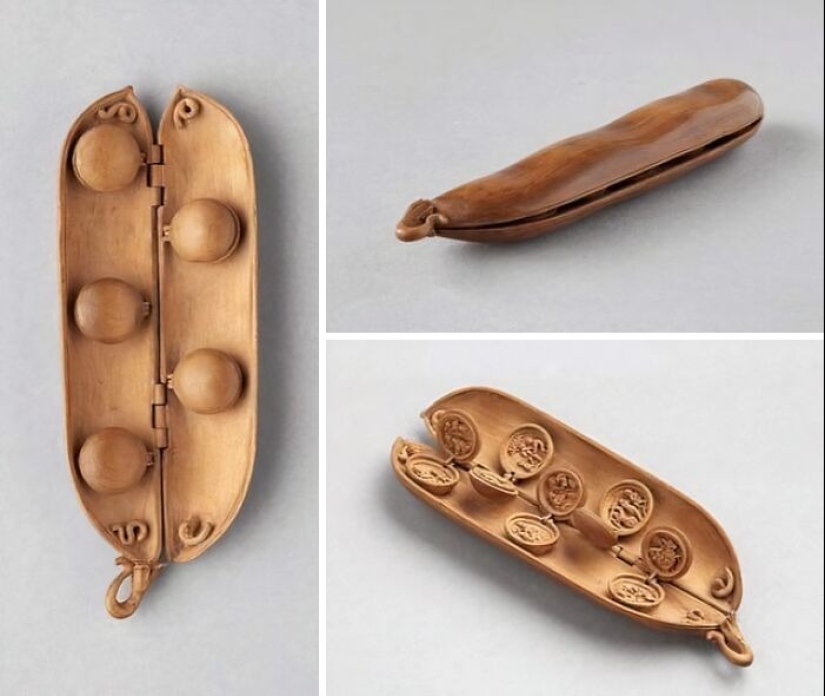
#1 This Tiny Boxwood Peapod (10 Cm) Was Carved In C. 1500 By A North German Artist. It Opens To Reveal Little Peas, And Then Those Peas Open To Reveal Ten Little Carved Scenes From Genesis
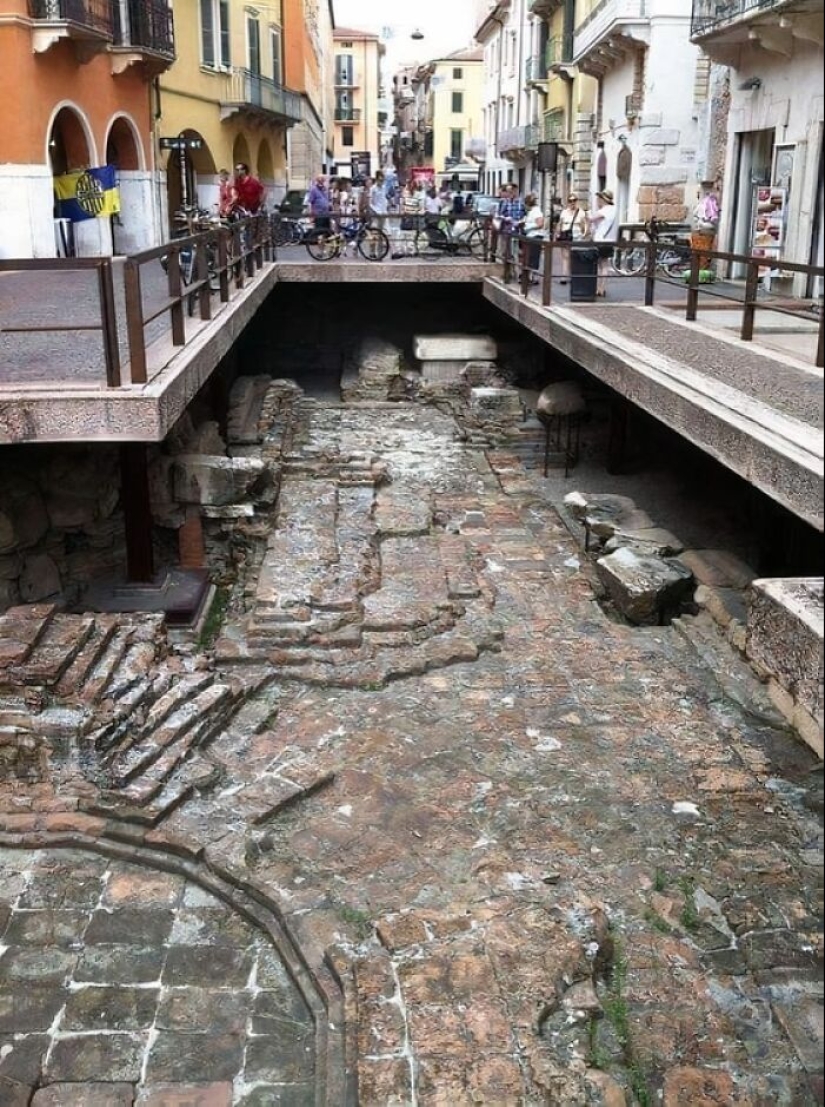
#2 Remains Of The Ancient Roman City Under The Modern Road In Verona, Close To Porta Leoni, Italy
Archaeologists excavate areas in which ancient cultures lived and use the artifacts found there to learn about the past because many ancient cultures did not have a written language or did not actively record their history, so these finds sometimes provide the only clues about a particular group or site.
For example, artifacts have provided essential information about life in ancient Egypt. There, people believed in an afterlife and buried the dead with things they would need after they left their bodies behind.
As a result, the tombs of ancient Egypt provide a wealth of artifacts that give insight into the culture.

#3 Built Between 1712 And 1732, The Long Room At Trinity College's Old Library Holds The Collection's 200,000 Oldest Books
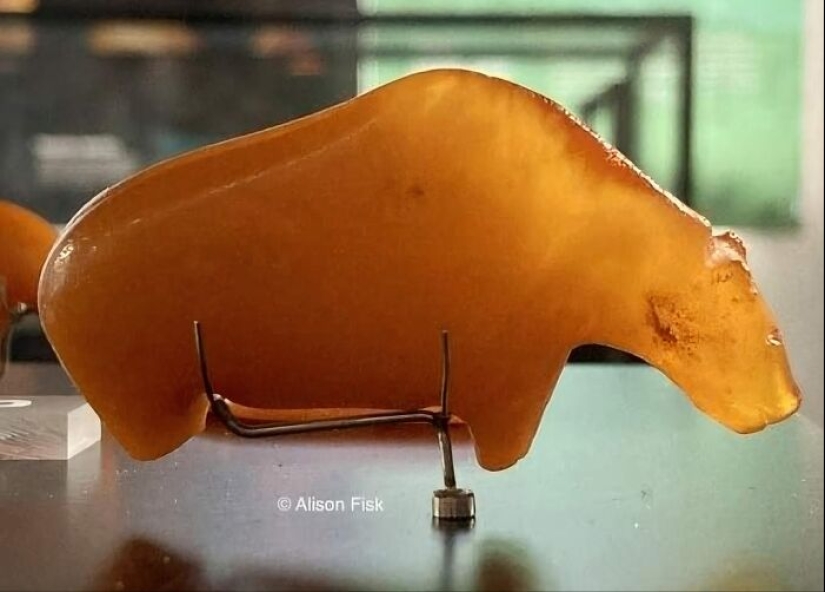
#4 An Ancient Mesolithic Amber Bear, From About 10,000 Years Ago, Washed Up On The Coast Of Fano In Denmark

#5 A Pair Of Victorian Reverse Painted Crystal Intaglio Earrings, 1870
The tomb of King Tut is perhaps the most famous. In 1922, British archaeologist Howard Carter came upon the tomb of the Egyptian Pharaoh Tutankhamun, more commonly known as King Tut.
His tomb had been undisturbed since he was buried around 1323 B.C.E. Murals on the tomb's wall told of King Tut’s funeral and journey to the afterworld. The tomb included more than 5,000 artifacts, including perfumes and oils, jewelry, statues, and toys from Tut’s childhood.
Carter led a team of archaeologists in cataloging the items from King Tut’s tomb. This took them over a decade, but the artifacts continue to help historians better understand life in Egypt.

#6 The Oldest Known Mirror In The World Was Found In Anatolia, Turkey. Made Of Obsidian, (Volcanic Glass) It Has A Convex Surface And A Remarkably Good Optical Quality
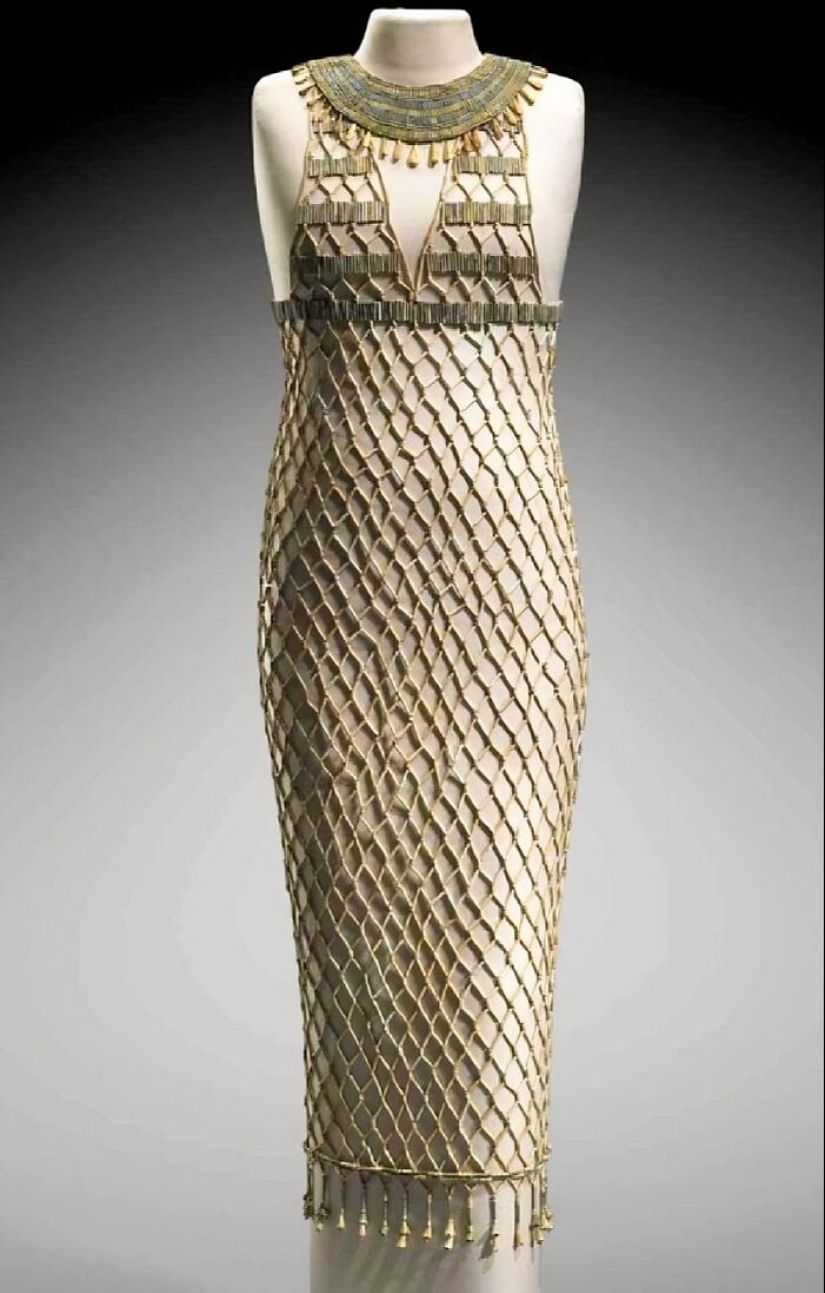
#7 Faience Beadnet Dress. Egyptian, Old Kingdom, Dynasty 4, Reign Of Khufu. 2551–2528 B.c
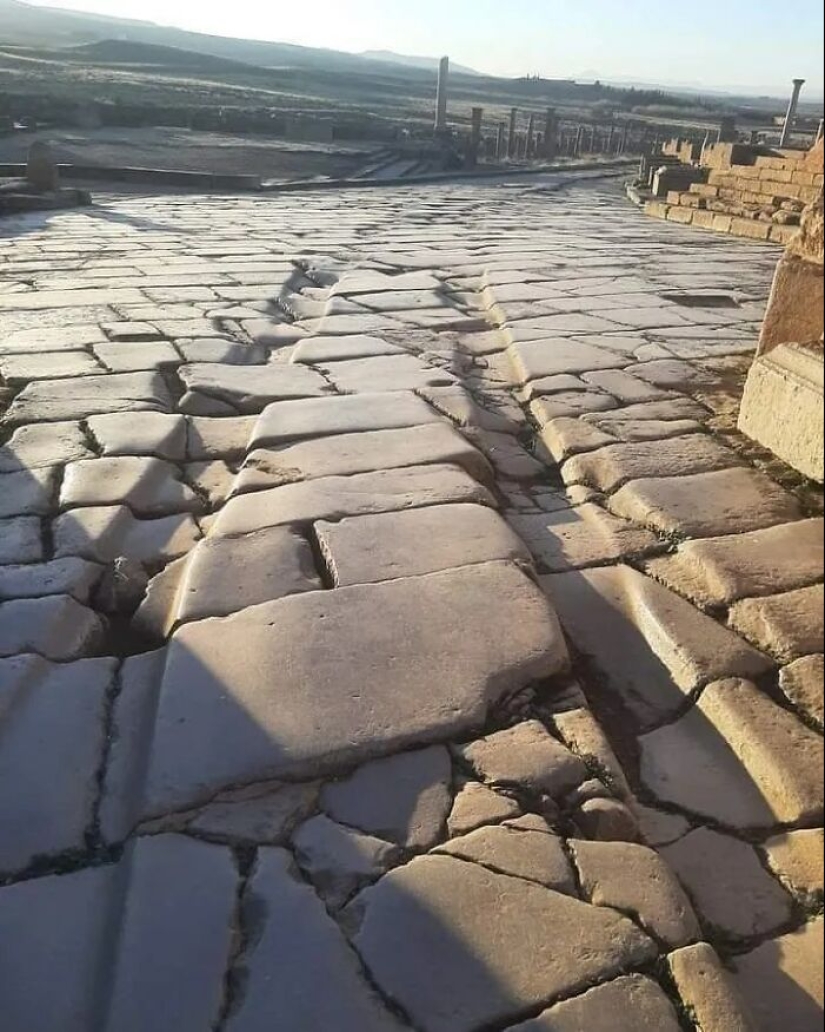
#8 One Of The Most Fascinating Aspects Of Timgad Is The Visible Tracks Left By Roman Chariots. These Grooves, Worn Into The Stone Streets Over Centuries Of Use, Provide Tangible Evidence Of The City’s Vibrant Past
Even though specialists have a good grasp of what most historical objects were created for, now and then they unearth a few exceptions.
Take the neolithic stone balls for example. They were found predominantly in Scotland and date back to the later Neolithic period (circa BC 3,200-2,500).
So far, more than 425 of these balls have been discovered. They are generally the size of a cricket ball and made from a wide variety of stones. Their surfaces are sculpted, sometimes into raised circular discs and sometimes with deep incisions defining knobs and lobes in high relief. Decoration takes the form of spirals or concentric shapes, echoing those found in pottery and monumental stones of the era.
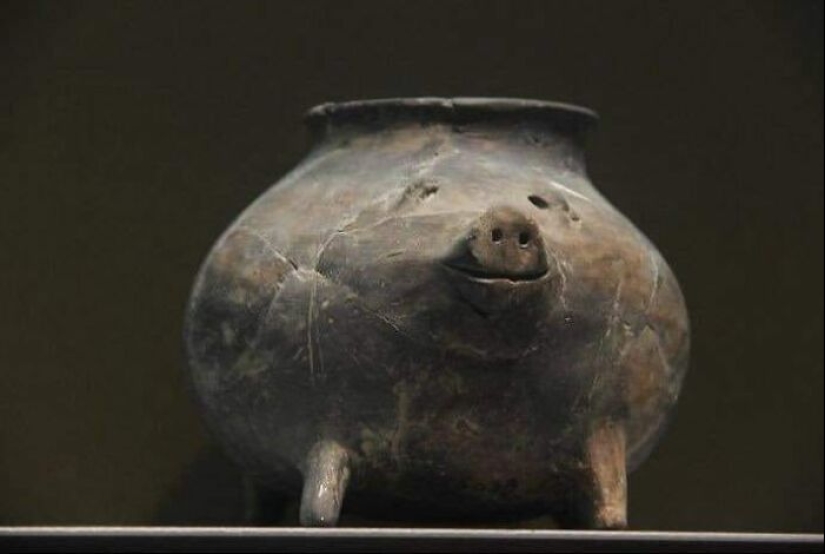
#9 Neolithic Pig-Shaped Pot, C. 6.000 Years Old. Collection: Jiangsu Provincial Museum, Nanjing, Pottery And Porcelain Gallery
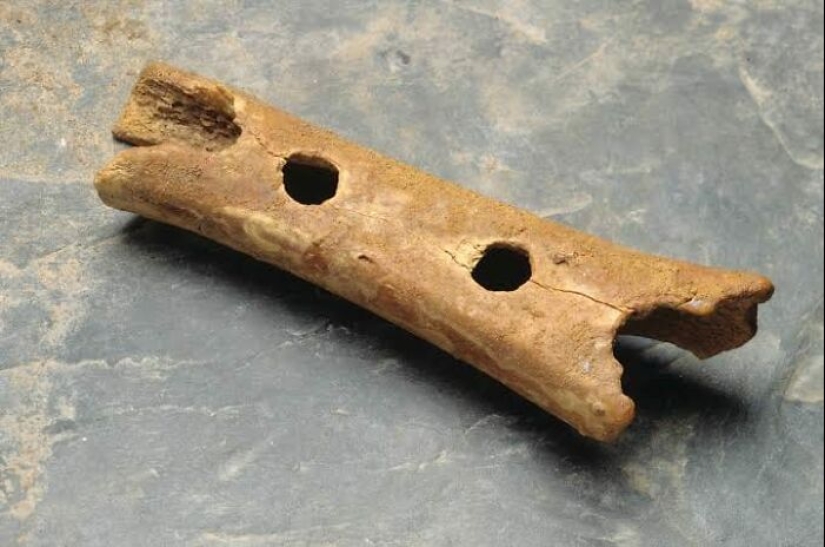
#10 The Neanderthal Flute, Discovered In Slovenia, Is The Oldest Known Musical Instrument, Dating Back Approximately 50,000 Years. Crafted From The Bone Of A Cave Bear

#11 Golden Cicada On A Jade Leaf, Ming Dynasty (1368-1644). This Sculpture Was Discovered In A Tomb In 1954. It Is The Top Of A Hairpin, Belonging To A Woman Of High Rank
Some have been found in burials, others in settlements, and they are rarely, if ever, identical. Most are also found alone, so don’t seem to have been part of a set. Some appear to have been heavily handled during their lifetime.
The original use of these stone balls has been a source of much debate, right back to their earliest discovery in the 19th century. It doesn't help that many were chance finds or circulated with little provenance in art collections and have rarely shown up in an archaeological context.
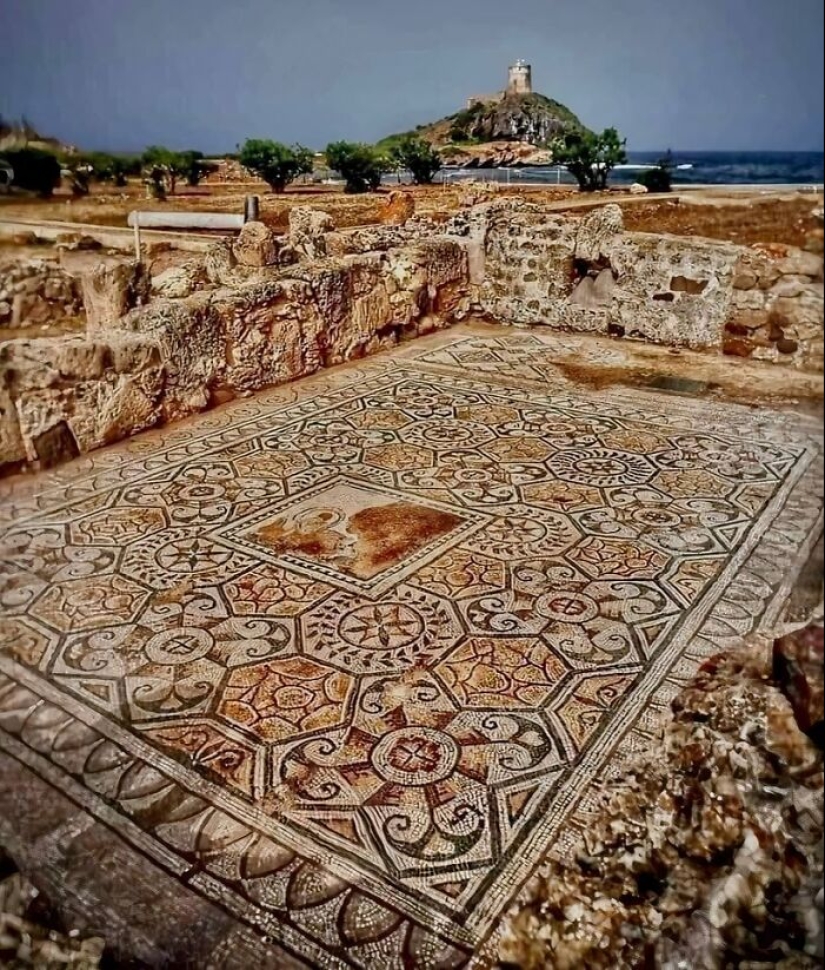
#12 Roman Mosaic At The House Of The Tetrastyle In Pula Archaeological Park In Nora, Sardinia, Italy. 2nd C. Ad
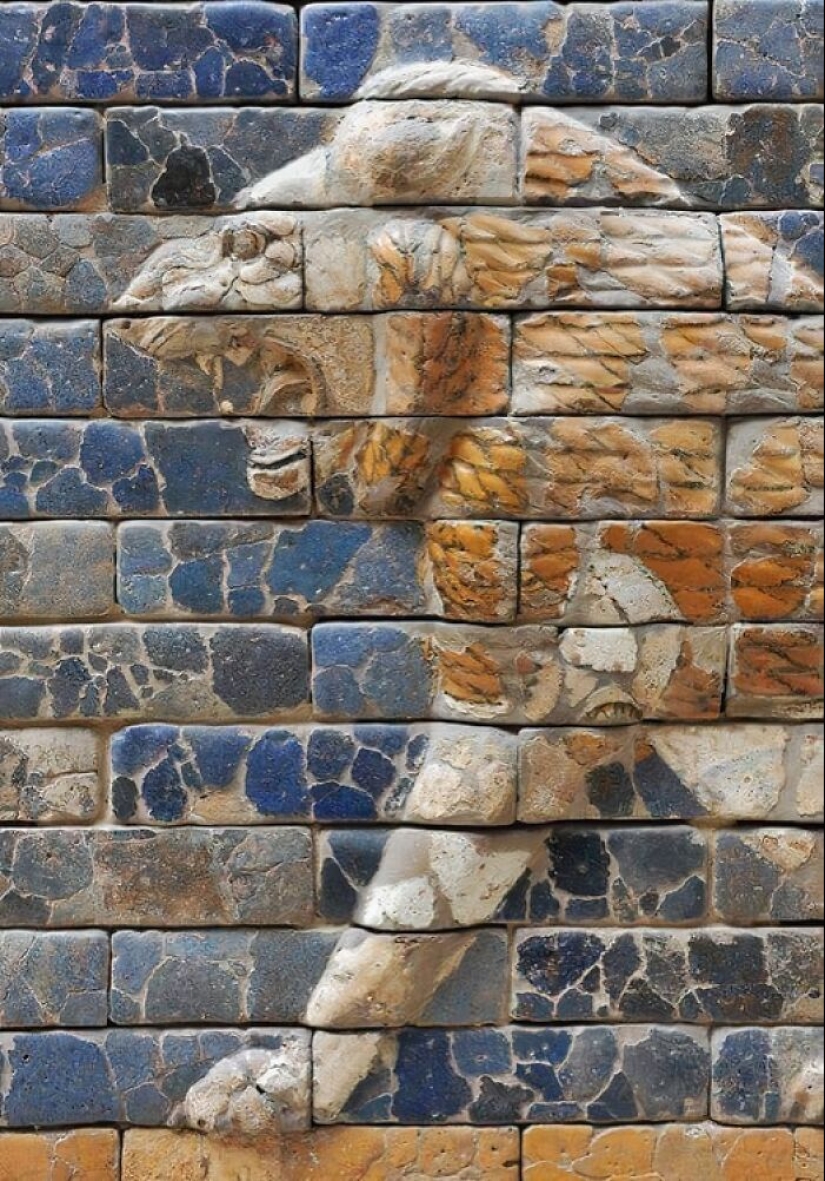
#13 Ancient Glazed Tiles From The Processional Way Of The Ishtar Gate Leading To The City Of Babylon, Built By King Nebuchadnezzar In 575 Bc. The Roadway Had 60 Lions On Both Sides, Each Lion Made Of Forty-Six Molded Bricks In Eleven Rows

#14 Grafarkirkja - The Oldest Turf Church In Iceland
"Were these stones missiles for deterring predators and pests?" asks Natasha Harlow, an honorary research fellow at the Department of Classics and Archaeology, University of Nottingham. "Weapons of war? Toys? Or perhaps measuring weights, household ornaments, mnemonic devices, and ball bearings to move megaliths or holders for yarn? The answer still escapes us."
Keywords: People | Ancient Marvels | Marvels of mankind | Historical artifacts | Memory of civilizations
Post News ArticleRecent articles

When you are small, the world seems simpler and there are almost no barriers, and there are no unnecessary rules. Kids sincerely ...

The period of the Civil war will forever remain in history as a time of anarchy, violence and destruction. This era has produced ...
Related articles

Established in 1942 Pulitzer prize for outstanding picture later divided into two nominations: best art and the best news ...

Portrait photography and photojournalism two potentially very powerful and effective art form that is not always appreciated. --> ...

For a person likely to get struck by lightning in any one year is a chance to 300 thousand. And although 90 percent of people ...

Helmets are more than just protection in battle. They tell us stories about the warriors of the past, the technology of their time, ...